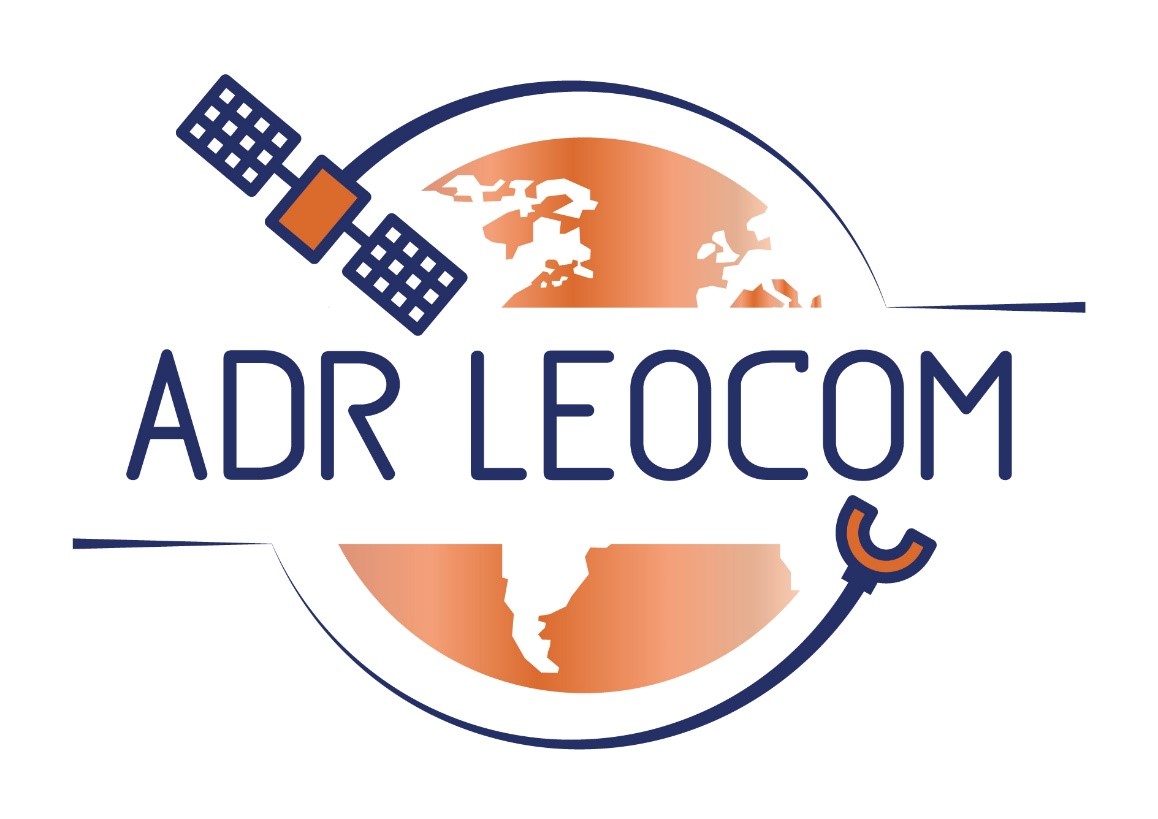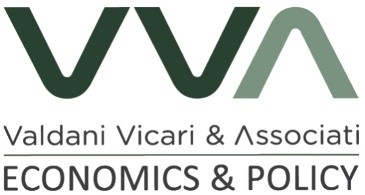
-
StatusCompleted
-
Status date2021-03-23
-
Activity Code1B.126
Nowadays, less than 9 000 objects have been launched to space. Around 5 000 are still in orbit, although only about 2 000 are operational. Besides these satellites, collisions and explosions have generated several thousands of debris pieces. To put a number, on average, two satellite failures per year in LEO result in a total loss of the satellite.
Moreover, recently, there has been a cheapening on the access to space (led by the CubeSats paradigm). On the wake of this movement, new space concepts have appeared, like the mega-constellations, which comprise hundreds and thousands of satellites in LEO.
Several studies indicate that to keep the debris population under control, the success ratio for disposal should be of 90% or 99% (higher than the current ratios). In order to keep the debris problem under control, new solutions have to be considered, as for instance the Active Removal of failed satellites, to avoid possible future collisions.
The objectives of the project were:
- to identify different business models for debris removal systems
- if a valid business model is identified, initial design of the debris removal satellite (verification of the initial cost estimates of the service assumed in the business model)
(Image of the design of the system)
An Active Debris Removal service has several challenges, both technical and economical.
The technical challenges are several. Up to now, there is no operational active debris removal mission, although several technological demonstrator are on different stages of development. The capture phase is challenging, even more if we consider that it would have to provide service to satellites of different sizes and weights.
With respect to the economical aspects, the service has to provide a benefit to the companies. This seems plausible with mega-constellations, as failed satellites can interfere with their operations.
The study concludes that the ADR-LEOCOM concept would be a flexible system, which could provide the service to not only one client, or one particular satellite model, but it is open to provide the service to several satellites (if they are in a range of sizes and weights). This flexibility is not present in other current concepts.
Besides, the system is designed to deorbit several failed (or in their end of life) satellites using one single spacecraft. This approach is for economic reasons, as it divides the cost into several services, whereas current concepts are focused in one single deorbit.
This flexibility and multi-deorbiting capability would be a definite advantage of the ADR-LEOCOM concept.
The project was divided in two different phases, with two tasks each.
- Study Phase 1
- Task 1 - Identification of Accessible Market: An overview of the satellites that are on-orbit and to be launched up to 2030 in LEO, analysing the possibility to be clients of the service.
- Task 2 - Business Case Definition: Derive different business cases together with the associated concept of operations for debris removal with different strategies
- Study Phase 2
- Task 3 - Chaser Preliminary Design and Analysis: Define the system for the CONOPS developed in task 1
- Task 4 - Mission Development and Detailed Business Plans
To be noted that Phase 2 would have been activated only if positive results come from the analysis and business case from Phase 1. The Phase 1 concluded that existed a feasible business, and therefore the Phase 2 was approved.
The project is finished. The Phase 1 concluded that existed a feasible business. The Phase 2 concluded with a set of requirements, a design, a development plan and a refined business case. All the objectives of the project were achieved.





